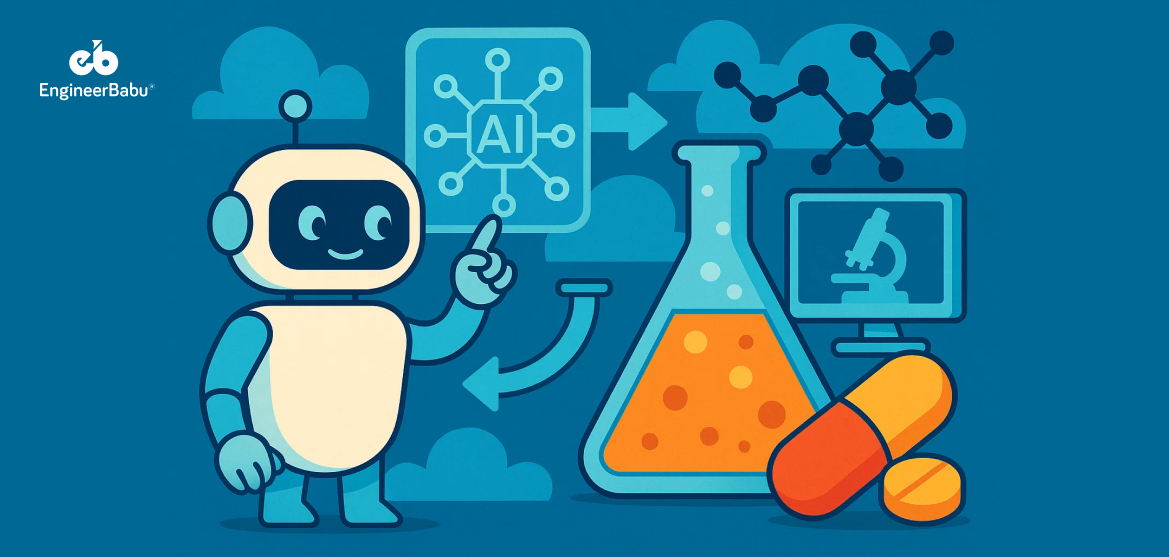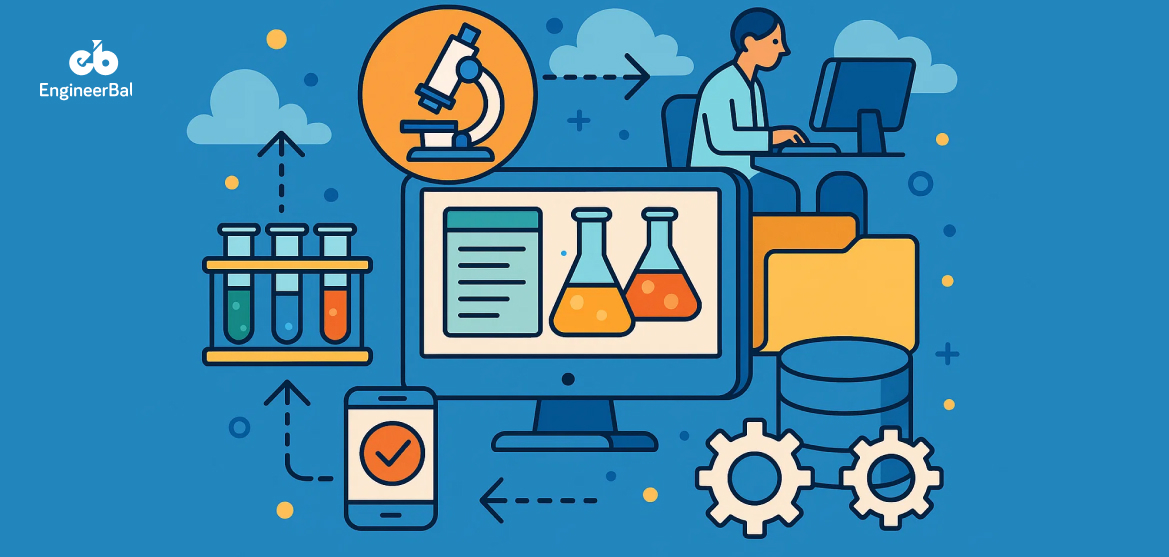Imagine launching a healthtech product that helps thousands of patients—and then getting hit with a six-figure fine because your API accidentally exposed protected health data. Or rolling out a telehealth platform across states, only to find half your doctors aren’t licensed to practice where your users live.
That’s what healthcare compliance protects you from.
It’s not about legal red tape. It’s about making sure your tools are safe, your data is protected, and your patients—or users—can trust what you’ve built. Whether you’re running a hospital, building a wearable, or developing software for providers, the stakes are high, and the rules are specific.
This guide walks you through the 10 most critical compliance areas you need to understand if you want to operate in healthcare without risking shutdowns, lawsuits, or worse. It’s everything you need to build responsibly and scale with confidence.
Healthcare Compliances to Include in Apps
HIPAA: The Foundation of U.S. Healthcare Data Protection
The Health Insurance Portability and Accountability Act, or HIPAA, governs how healthcare organizations in the United States manage Protected Health Information (PHI). HIPAA requires covered entities and their business associates to safeguard patient data through administrative, technical, and physical controls. This includes access restrictions, encryption, breach notification processes, and employee training.
Healthcare software and SaaS companies must also sign Business Associate Agreements (BAAs) when they handle PHI on behalf of providers. Non-compliance can result in heavy fines and federal investigations. HIPAA compliance is essential for any business that operates within or serves the U.S. healthcare ecosystem.
GDPR: Essential for Global Patient Data Privacy
The General Data Protection Regulation applies to any organization that processes the personal data of individuals in the European Union. GDPR goes beyond simple data privacy. It gives patients specific rights over their health information, including the right to access, correct, erase, and transfer their data.
For healthcare providers and digital health platforms operating internationally, GDPR compliance requires securing explicit consent from patients, minimizing data collection, and ensuring that personal data is processed lawfully. Failure to comply can lead to fines of up to four percent of annual global revenue.
HITECH Act: Strengthening Electronic Health Record Compliance
The Health Information Technology for Economic and Clinical Health (HITECH) Act was introduced to promote the adoption of Electronic Health Records (EHRs) and strengthen HIPAA enforcement. It includes incentives for meaningful use of EHRs and introduces stricter penalties for breaches.
Under HITECH, healthcare organizations are required to perform regular audits of their electronic systems, ensure breach reporting mechanisms are in place, and demonstrate responsible use of patient data. If your organization uses or provides EHR software, this regulation directly affects how you build, deploy, and manage your solutions.
FDA Oversight for Software as a Medical Device
The U.S. Food and Drug Administration (FDA) regulates certain types of software that qualify as medical devices. These include diagnostic apps, digital therapeutics, and algorithms that support clinical decisions. The FDA evaluates such products based on risk categories and may require pre-market clearance, clinical validation, and ongoing post-market surveillance.
If you are developing healthtech tools powered by artificial intelligence or machine learning, you must determine whether your product qualifies as Software as a Medical Device (SaMD). In that case, you will need to follow FDA guidelines and submit appropriate documentation for approval before releasing your product.
Interoperability and the Information Blocking Rule
The 21st Century Cures Act introduced the concept of healthcare interoperability and prohibits information blocking practices. This rule requires healthcare providers and IT developers to give patients secure, electronic access to their health information without unnecessary delay or restriction.
APIs built on HL7 FHIR standards are now considered the gold standard for data exchange. Compliance involves technical readiness, patient-facing portals, and ensuring that your systems do not deliberately prevent data access or sharing. Violations can result in financial penalties and disqualification from federal programs.
SOC 2 and ISO 27001 for Vendor Security Assurance
Although SOC 2 and ISO 27001 are not healthcare-specific, they have become essential for vendors working in the healthcare space. SOC 2 evaluates how well a company handles sensitive information, focusing on security, availability, confidentiality, and privacy. ISO 27001 is an international standard for managing information security systems.
These frameworks provide assurance to healthcare providers and partners that your platform meets rigorous security standards. If you are a B2B SaaS company targeting healthcare clients, having these certifications can significantly improve trust and ease procurement conversations.
Telehealth Compliance in a Post-Pandemic Landscape
The rapid expansion of telehealth during the COVID-19 pandemic brought new compliance challenges. Remote consultations, video calls, and asynchronous messaging all involve the transfer of sensitive patient data, which must be handled according to HIPAA and state-specific laws.
Telehealth providers must also verify provider licensure, especially when crossing state or national borders. Informed consent, documentation practices, and reimbursement policies vary by location. Compliance in telehealth is not only about data privacy but also about ensuring that care delivery remains legally valid across jurisdictions.
Medical Billing and Coding Accuracy
Medical billing is a highly regulated area that can lead to severe penalties if not handled properly. Common issues include upcoding, unbundling, and inaccurate use of CPT, ICD-10, or HCPCS codes. These errors can be interpreted as fraud, even if unintentional.
To stay compliant, providers must ensure that staff are well-trained, documentation is accurate, and billing systems are regularly audited. Using certified medical coders and investing in automated audit tools can help prevent errors and protect against compliance risks.
OSHA Compliance for Clinical Environments
The Occupational Safety and Health Administration sets the standards for workplace safety in clinical environments. OSHA compliance includes guidelines for handling bloodborne pathogens, reducing needlestick injuries, maintaining clean and hazard-free workspaces, and providing protective equipment.
While this may seem more relevant to hospitals and clinics, even digital health companies offering in-home diagnostic services or remote patient monitoring must consider OSHA compliance for their field teams. Regular training, clear safety policies, and proper incident reporting systems are essential components.
Regional Compliance: Beyond the Big Names
Beyond HIPAA and GDPR, many countries and even states have their own healthcare data privacy and compliance laws. In India, the DISHA bill is expected to shape how digital health data is regulated. In Canada, healthcare providers must comply with PIPEDA. States like California have introduced the California Consumer Privacy Act (CCPA), which overlaps with healthcare data concerns.
It is crucial for healthcare companies operating across borders to maintain a compliance matrix that maps relevant laws in each jurisdiction they serve. Hiring legal counsel familiar with healthcare regulation in those areas is also highly recommended.




